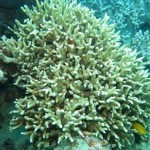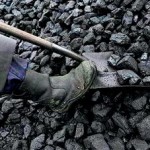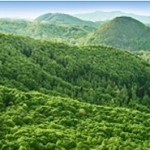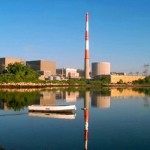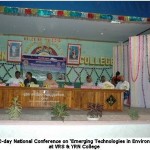Amsterdam – Greenpeace on February 20 launched ‘Shadowlands’, a presentation of haunting photographs depicting the impacts of the Fukushima Nuclear Disaster, the plight of people displaced by the crisis, and a warning to others that a serious nuclear accident can happen everywhere there is reactors.
Shadowlands features the work of award-winning photographer Robert Knoth and documentary maker Antoinette de Jong (1) and can be viewed at www.greenpeace.org/shadowlands. Using social media links and its website, Greenpeace will also collect messages of support for the Japanese people.

“The Fukushima nuclear disaster is having a dramatic impact on the environment and the lives of the people from a wide area around the nuclear plant,” said Knoth. “We sought to document this through landscape and portrait photography, as well as interviews with people from the affected region – some of whom may never be able to return to their homes. What we found was a profound sense of loss.”
Since the beginning of the crisis on March 11 2011, Greenpeace radiation specialists have documented the on-going impacts of radiation contamination on the environment, food and seafood to demonstrate that Japanese authorities have consistently under-played, under-estimated and under-reported the radiation impacts around Fukushima.
“The under-estimation of the disaster by the authorities has exacerbated the suffering of the people of Fukushima,” said Junichi Sato, Greenpeace Japan Executive Director. “Now, the government is rushing to restart reactors against public opinion, and without learning any lessons from Fukushima. We hope our exhibition will give it pause to reflect upon the ramifications of its decisions.”
“The Fukushima nuclear disaster happened because the Japanese authorities failed to protect people, instead choosing to protect the nuclear industry. For this reason, people in Japan continue to be exposed to radiation hazards, even a year later. They have not been compensated for all they have lost, and they have not received the support they need to rebuild their lives,” said Jan Beránek, Head of Greenpeace International‘s Energy Campaign. “This reminds us that millions of people living near reactors anywhere in the world are at risk of suffering the same consequences of a major nuclear disaster.”
The Shadowlands photos show beautiful landscapes – but something is clearly missing: people. More than 150,000 people had to flee the Fukushima area because of radioactive contamination.
“Nature is already taking over. In the early morning, monkeys look for food on the outskirts of villages, wild boars roam the fields, cranes majestically soar over breath-taking scenery, and there is silence,” said Knoth.
Greenpeace Japan also launched the first of a series of exhibitions of Knoth’s photographs (2). The Fukushima collaboration by Knoth and De Jong continues their earlier work with Greenpeace on the on-going effects of the Chernobyl Nuclear Disaster on the Ukrainian people.
Greenpeace is calling on the Japanese government to not restart any nuclear plants and for a global phase out of inherently dangerous nuclear reactors.
Greenpeace is an independent global campaigning organization that acts to change attitudes and behaviour, to protect and conserve the environment, and to promote peace.
Notes:
(1) Photographer Robert Knoth and his partner documentary maker Antoinette de Jong have collaborated on many projects, including the 20th and 25th anniversaries of the Chernobyl nuclear disaster with Greenpeace International. Both are renowned in the Netherlands and internationally for beautifully capturing gritty subjects such as the effects of toxic waste, the global impact of the Afghan heroin trade and the after effects of radiation. Their work has been viewed all over the world including London, Amsterdam, Moscow and Sydney, and has been published in the New York Times, Der Spiegel, The Guardian and National Geographic. Both have won awards at World Press, PDN Awards and the Dutch Silver Camera.
(2) The photo exhibition runs from February 19 to 24 in Harajuku, Tokyo. The exhibition will also be shown in 16 other countries. The online presentation will run on Greenpeace sites in 11 countries, in addition to running on the Greenpeace International site.
Source: Greenpeace.

